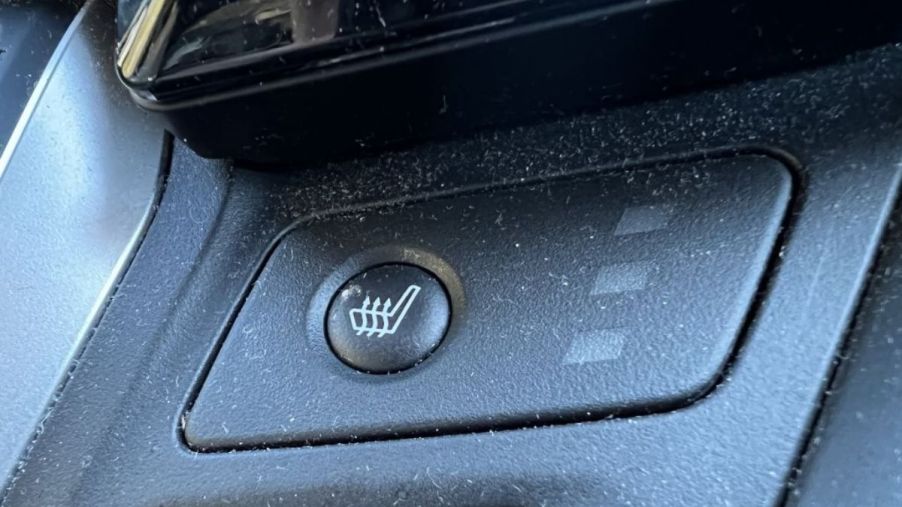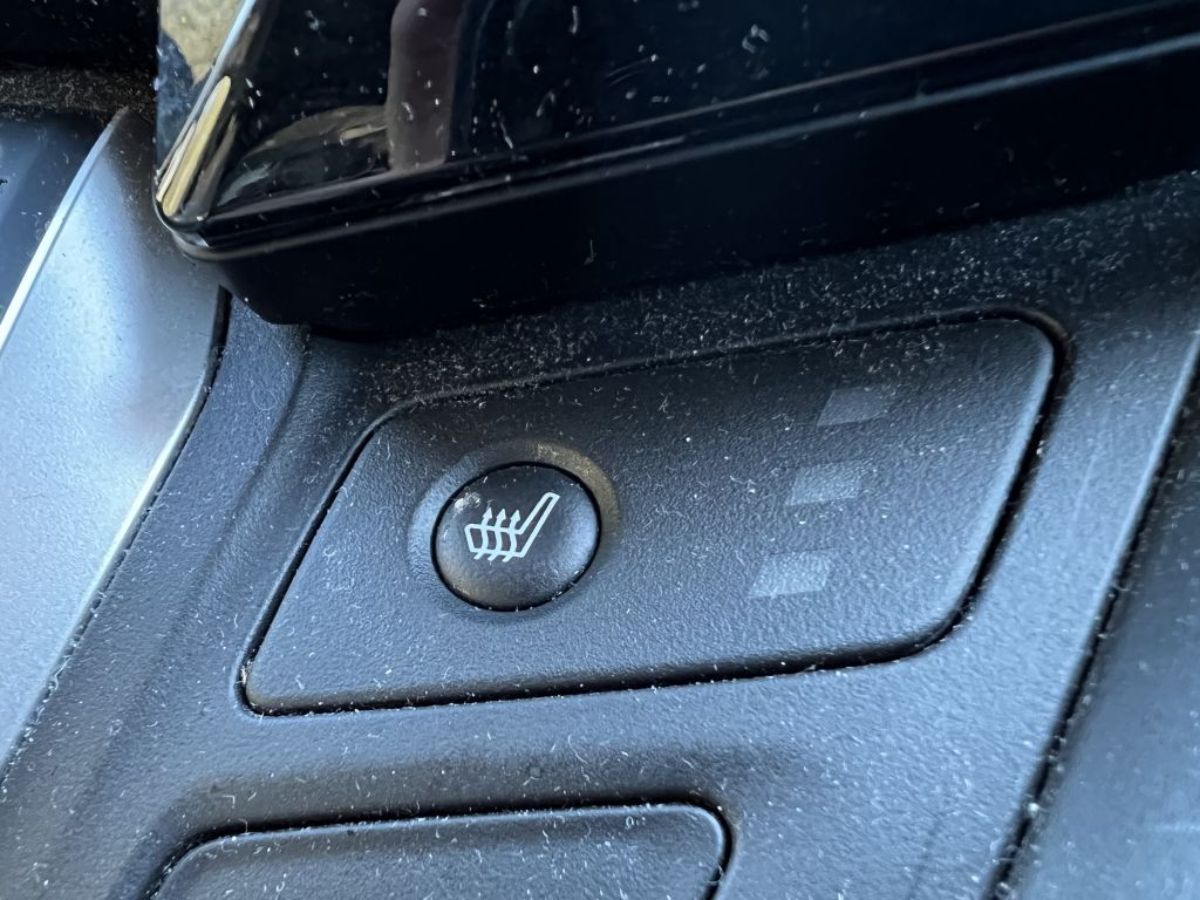
Heated Seats Use up to 12 Times Less Energy Than a Climate System in an Electric Vehicle (EV)
A lot of people see electric vehicles (EVs) as the future of cars, but while switching to EVs will reduce our emissions, EVs currently have some challenges that automakers are trying to solve. One of those challenges is that, just like regular cars, EVs perform worse in winter as using the car’s heater will eat up its range. The good news is that using heated seats can be a good way to stay warm while using 12 times less energy than the actual heater would use.

Electric vehicles currently struggle in the cold
Every car struggles during the winter, but EVs have some unique issues that they have to deal with during the winter. First and foremost is range. Gas-powered cars do lose range when it’s cold, as it’s less efficient to drive in cold weather than it is in moderate weather.
The thing is, gas-powered cars have a lot of range, so that loss of range isn’t as big of a deal. EVs, meanwhile, don’t have as much range, so losing range on an EV is a bigger deal.
Just like with regular cars, EVs need to warm up a bit before driving. EVs do this themselves, but it usually costs some energy, which means it’ll lose some range. Similarly, using the heat will use energy, and that will reduce your range.
Ultimately, how much range an EV has during the winter will vary by the EV in question, how cold it is outside, and how much energy is being used by its equipment. In general though, EVs can function in winter, they’re just going to have reduced range.
Heated seats can keep you warm while spending significantly less energy
According to Recurrent Auto, most EVs will need somewhere between 1 kW and 5 kW of power to use the heater. The exact power draw will depend on how efficient the heater is, but also how cold it is outside.
In general, the colder it is, the more power it will need in order to hit a comfortable temperature. Depending on the EV’s battery size, that power draw will mean that drivers can turn on the heat for a few hours before it drains the battery.
That said, according to GM Volt, heated seats will need between 40 to 50 watts per seat. If the heating system is using 5 kW of power, then heating one seat will use 12 times less power than the heater would. This will significantly improve the EV’s range, and it can still keep folks warm and comfortable while driving in the cold.
There are other ways that EV owners can maximize their range in the winter
While heated seats can be a good way to improve an EV’s efficiency, it’s not perfect for every situation. Most cars only offer heated front seats, so the back rows won’t be able to take advantage of them.
This means that for EV owners who are parents, it will probably be necessary to turn on the heater whenever their kids are in the car. The good news is there are options to improve an EV’s efficiency in this regard, too.
Heat pumps are features that improve how efficient the heater works by essentially recycling the warm air in the car. As a result, heat pumps can improve the EV’s range, and they can even help it charge faster during the winter.
A lot of the latest EVs, such as the Hyundai Ioniq 5 and the Kia EV6, come with heat pumps as a standard feature. Other EV automakers offer it as well, so it’s a good idea to make sure that an EV has a heat pump.
RELATED: 2 EV Brands Dominate the Top 7 With Over 400 Miles of Range, and Only 1 Tesla Makes the List


